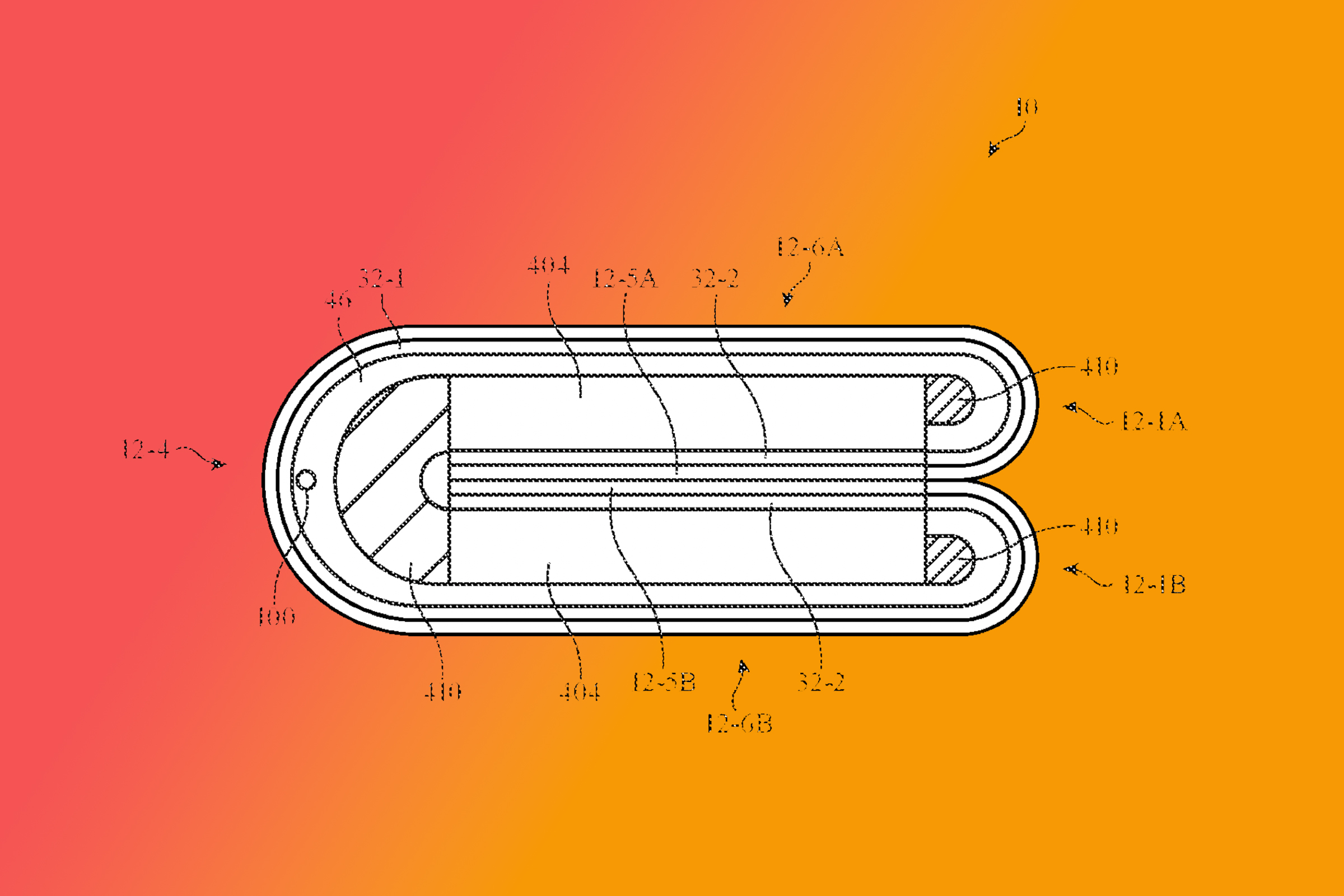Macworld
It’s kind of hard to believe today, given how wildly successful the iPhone has been, that in the product’s early days there was only a single iPhone model for sale. It wasn’t until ten years ago, in 2014, that Apple introduced two different iPhone models, the iPhone 6 and iPhone 6 Plus. But that opened the floodgates, and Apple has spent the last ten years trying to find the right combination of new iPhone models to maximize the money it makes from its most important product.
If reports are true, next year Apple’s going to be switching things up again, dropping the iPhone Plus for a dramatic new model. After the discontinuation of the iPhone mini after two years and the (apparent) death of the iPhone Plus after three, what does Apple have up its sleeve for 2025?
The iPhone Ultra
Let’s start with the rumor itself: Apple may be readying a new iPhone for 2025 that features a display that’s larger than the current iPhone Pro but smaller than the Pro Max, with a smaller Dynamic Island, improved front camera, relocated rear cameras, and (most importantly) a new design that’s much thinner than the current iPhone models.
This doesn’t sound like an iPhone Air, a mid-range model that would replace the iPhone Plus. It reminds me of the iPhone X, which was a huge leap in iPhone technology-it added an OLED display and Face ID, and really was the progenitor of all of today’s iPhone. The iPhone X was introduced in 2017 (how has it been nearly seven years?!) alongside the iPhone 8 and 8 Plus, which were just minor updates to the existing line of iPhones.
The iPhone X ushered in a new iPhone design.
Think about that iPhone X: It was new, felt like it was from the future, and cost a lot more than an iPhone had ever cost before. But it was a success, and over time Apple converted the entire iPhone product line over to the sensibility of the iPhone X.
This set of reports about this thinner iPhone gives me the same vibes.
Apple’s experiments
In the early days, Apple struggled just to make a single iPhone model-one that was a lot smaller than the phones that were becoming successful in the Android world. That led Apple to add the larger iPhone model, the iPhone 6 Plus, in 2014-and it was a hit. iPhone sales took a quantum leap. It’s fair to say that the 2014 introduction of the iPhone 6 Plus was the single act that sent iPhone sales on the upward trajectory that has made it a cash cow for Apple.
The lesson Apple learned in the aftermath of that product introduction was that any given iPhone model didn’t need to be all things to all people. Adding a new model didn’t confuse the market or make people fret about which iPhone they should buy-instead, it grew the market by giving iPhone buyers another choice.
Over the last ten years, Apple has kept experimenting. The iPhone X introduction was followed by a new larger low-end model, the XR, along with a larger model, the XS Max. The next year, the XR design became the iPhone 11. Then came the iPhone 12 mini, replaced by the larger iPhone 14 Plus.
Most of Apple’s iPhone experiments have been a success. During this period, iPhone sales took several more quantum leaps, and even during relatively minor upgrade cycles, phone sales have been consistent. But that fourth model has been cursed. In the lower price tier, it seems like there’s a lot less interest in buying a variant phone-whether it’s larger or smaller.
Pay any price?
There’s an obvious place Apple can go with a new iPhone model: the high end! I am confident that Apple knows full well that some of its iPhone buyers will spare no expense to buy the very best iPhone that exists and that even today’s iPhone lineup probably doesn’t maximize the amount of revenue Apple could make from that audience.
Why so confident? Because this is what Tim Cook said in 2023: “The iPhone has become so integral into people’s lives. It contains their contacts and their health information and their banking information and their smart home and so many different parts of their lives, it’s the payment vehicle for many people. And so I think I think people are willing to really stretch to get the best they can they can afford in that category.”

Apple has filed patents for folding phone technology, but it’s a difficult implementation to get it the way Apple wants it.
USPTO
This is the argument for an iPhone Ultra, a high-end model that people will buy (just like they bought the iPhone X!) because it’s the very best, and when it comes to a life-defining tool like a smartphone, they’re willing to pay for the best.
But if this is so obvious, why hasn’t Apple released a high-spec, high-price iPhone already? The problem with selling people an expensive phone that looks like it’s from the future is that you have to actually invent and build that phone. Apple has reportedly been investigating all sorts of different technologies, including foldable screens, but the truth is that we haven’t seen a dramatically different iPhone design since the iPhone X-seven long years ago.
New designs take time. And for them to be seen as more than a change for change’s sake, they need to be built on the back of new technologies. If Apple feels that a folding iPhone isn’t practical, the alternative is to do what’s being rumored: build a thinner phone (presumably with less battery due to improved chip performance-very much the story Apple has already told regarding the thin, M4-powered iPad Pro) with miniaturized sensors that make the whole thing possible.
Look, I know it’s just a rumor. And as with any rumor-especially ones that are more than a year out!-a lot of the details could be wrong, confused, or subject to Apple’s own whims. What this feels like, though, is that Apple has settled on a plan for where to take the iPhone line next. It’ll start with one model in late 2025 but spread out to other models through the rest of the decade.
If you want to hold the future of the iPhone in your hand, you’ll probably be able to do it next fall. But it’ll cost you. That’s the whole idea.
Read More
Title: The future of the iPhone is coming but it’ll cost you dearly
Sourced From: www.macworld.com/article/2340417/iphone-ultra-features-thin-design-price.html
Published Date: Wed, 22 May 2024 10:30:00 +0000
.png)







